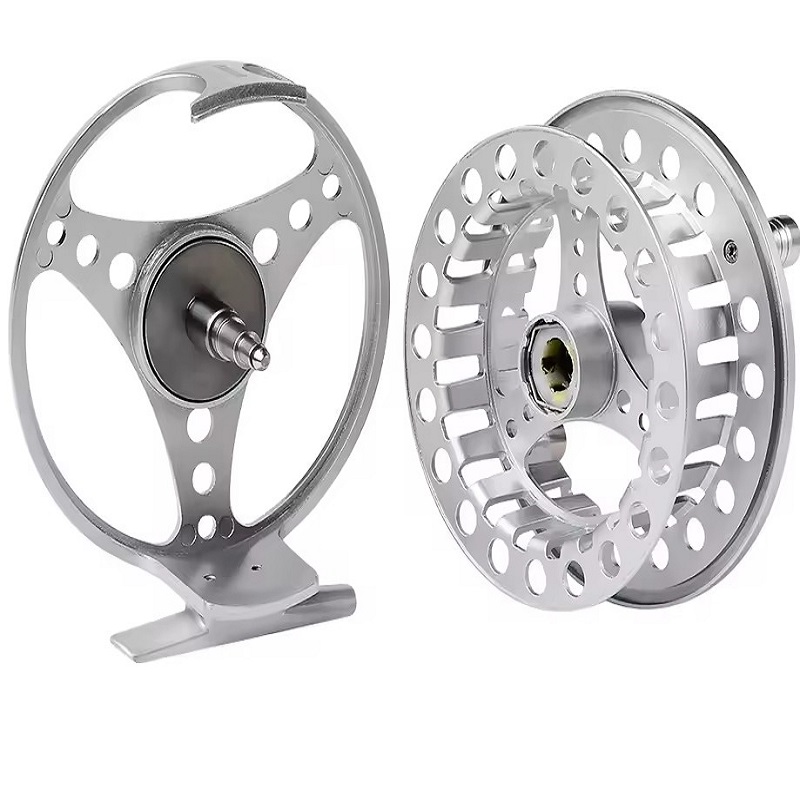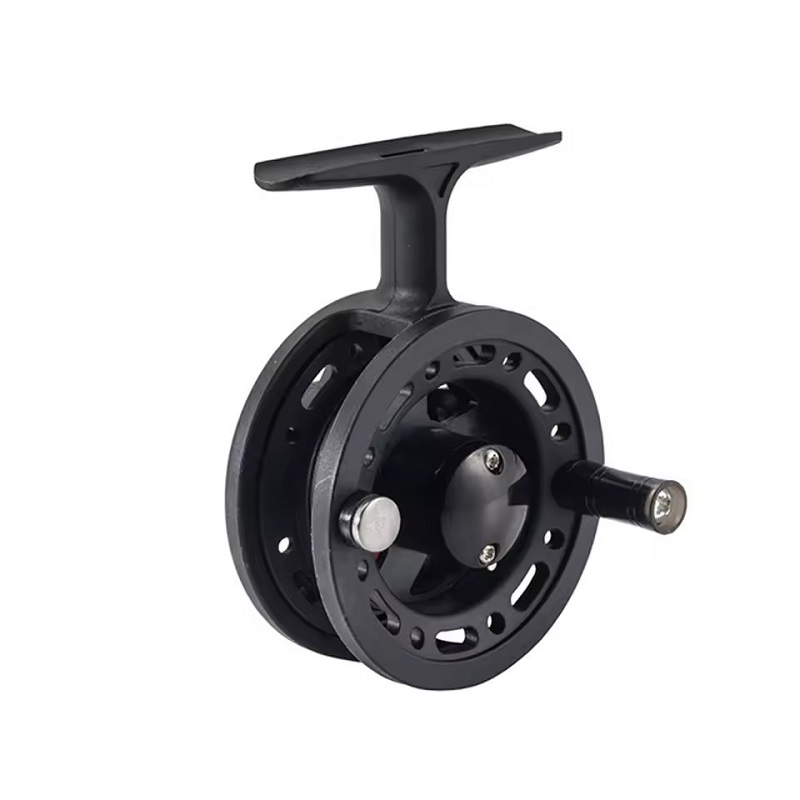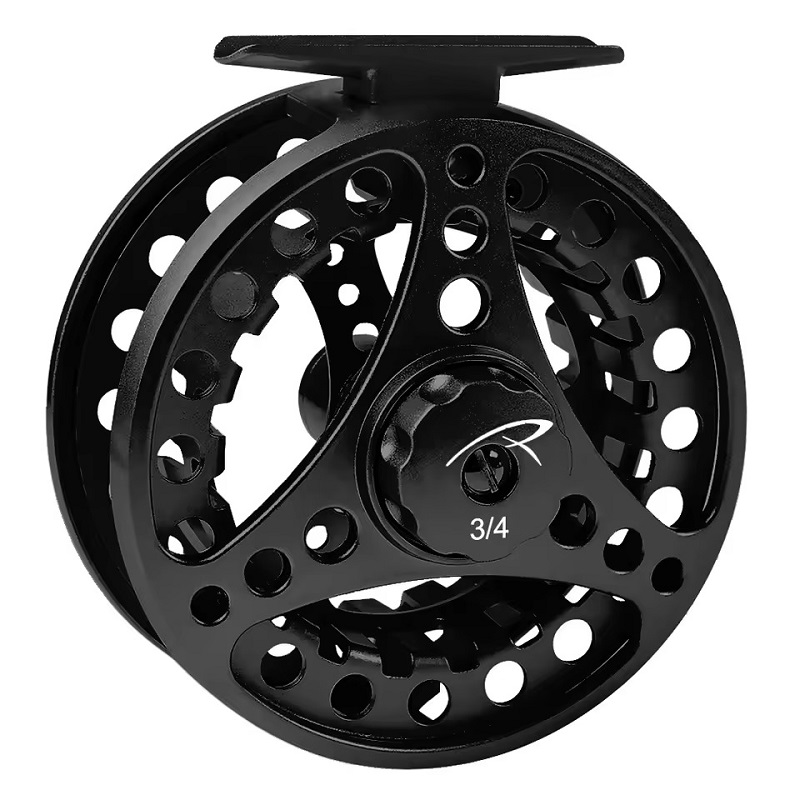Introduction to Fly Fishing Reeling
Fly fishing reeling is a fundamental skill that every angler must master to enhance their overall fishing experience. The process of reeling in fish can significantly affect your success on the water. Understanding the nuances of reeling not only increases your chances of capturing your target species but also makes the experience more enjoyable. In this article, we will explore effective fly fishing reeling techniques, how to select the right reel for your needs, and additional tips to elevate your fly fishing game.
The Basics of Fly Fishing Reeling
To kick things off, let’s discuss the basic principles of fly fishing reeling. This foundational understanding will set the stage for more advanced techniques later in the article.
Understanding the Reel
The reel is an essential piece of equipment in fly fishing. It serves as the primary mechanism for retrieving line and controlling the fish once hooked. There are various types of reels available, including single-action, multi-action, and automatic reels. Each design offers unique benefits, but understanding their operation is crucial:
- Single-Action Reels: These reels only retrieve the line with one rotation of the handle. They are straightforward to use, making them an excellent choice for beginners. Their design provides a simple mechanism to learn basic reeling fundamentals without overwhelming the angler.
- Multi-Action Reels: As the name suggests, these reels can retrieve more line with each crank. This feature saves time and effort when fighting a fish, especially in fast-moving waters. They are ideal for anglers looking to gain efficiency in their reeling.
- Automatic Reels: These reels provide a more hands-off approach. Once you hook a fish, the reel automatically retrieves line when you engage the drag system. While they are more expensive, they can offer significant advantages for some anglers, particularly when fishing in areas where quick reeling is critical.
Choosing the right reel for your fly fishing adventures is crucial since it directly affects your reeling technique.
Proper Line Management
Effective reeling begins with proper line management. Before casting, ensure your line is free of tangles and twists. An organized line allows for smoother reeling and can significantly reduce the chance of breakage during fights. Here are some tips to keep in mind:
- Lay out your line before fishing: Make sure you spool your reel correctly, allowing the line to unwind easily when casting. This foundational step prevents frustrations during the casting phase.
- Check for tangles and knots: Before each outing, inspect your line. Remove any tangles and knots that may hinder your performance. Doing this not only saves time on the water but also improves your overall success.
- Practice your casting technique: An effective cast translates to better line management. The more proficient you are at casting, the easier it will be to manage your line while reeling. This competence directly leads to increased efficiency during fishing.
With a focused approach to line management, you’ll find that reeling in fish becomes a much smoother process.

Essential Fly Fishing Reeling Techniques
Now that we’ve established a foundation for understanding reels and line management, let’s dive into the reeling techniques that can help you become a more successful angler.
1. Continuous Reeling Technique
The continuous reeling technique involves maintaining a steady reel while fighting a fish. This approach is particularly useful when keeping tension on the line is crucial. Follow these steps for successful continuous reeling:
- Maintain a firm grip on your rod: It’s essential to keep the rod steady and maintain a good grip. A relaxed grip can cause notable issues when trying to control the fish or line tension.
- Use your rod to lift the fish: As you start reeling, lift the rod tip slightly to keep tension on the line. This helps in steering the fish rather than allowing it to pull on the line directly.
- Avoid reeling in too quickly or too slowly: Maintain a consistent speed to keep pressure on the fish without causing line breakage. Quick, short turns of the reel can pull the line taut without giving the fish enough slack to escape.
By practicing this technique, you will develop a greater understanding of how to gauge the right speed and tension while reeling in your catch. Moreover, learning to read the fish’s movements can significantly improve this technique over time.
2. Strip and Reel
The strip and reel technique is often used when targeting fish that are more selective in their feeding habits. This method allows for a more precise presentation of your fly. The technique consists of two primary components:
- Stripping the line: Use your free hand to strip the line in short, fast movements while keeping the rod tip low. This action mimics the movement of a struggling insect or baitfish, which can trigger a fish’s predatory instincts.
- Reeling in when you get a hit: Once you feel a strike, quickly extend your arm to catch the fish off guard. After doing this, shift to reeling in while maintaining the proper angle of the rod. This technique optimally combines both enticing the fish and managing the line for an effective catch.
Both new and experienced anglers can benefit from practicing this technique, as it can significantly improve your chances of landing more fish, especially when they are being particularly finicky.

Selecting the Right Fly Reel for Your Style
Choosing the best fly reel suited for your fishing style is crucial for successful reeling. Factors to consider include the type of fish you’ll be targeting, the water conditions, and even your personal preferences. Let’s examine these factors in more detail:
- Target Species: If you’re fishing for smaller species like panfish or trout, a lighter reel will suffice. However, if you’re targeting larger fish, such as bass or saltwater species, you’ll need a more robust reel designed to handle the increased pressure.
- Water Conditions: Different waterways call for different reels. Consider factors like current strength, water depth, and overall conditions. For example, when fishing in saltwater, opt for sealed drag systems to prevent the buildup of sand and salt deposits that can wear out your reel.
- Personal Preference: Ultimately, the right reel for your setup is subjective. Some anglers prefer the simplicity of a single-action reel, while others may opt for the convenience of multi-action or automatic reels. Always try out different models to find what works best for you, as comfort and usability can vary widely among individuals.
- Weight and Size: Pay attention to the weight and size of the reel in relation to the rod. A mismatched reel can throw off the balance and feel, making casting less effective. Aim for a balanced setup that feels comfortable in your hand.
By selecting the right reel, you’ll feel more comfortable and confident while reeling in your catches.

Common Mistakes to Avoid
While fly fishing reeling can be straightforward, many anglers make common mistakes that can lead to lost fish and frustration. Here are some pitfalls to avoid:
- Reeling Too Hard: One of the biggest mistakes is over-reeling or pulling too hard. Understand how to keep tension without applying too much pressure. Otherwise, you risk breaking your line. Learn to listen to the feedback from your rod and line as you reel.
- Neglecting to Adjust Drag: Make sure your drag system is properly adjusted before starting your fishing trip. A poorly set drag can lead to line breakage and lost fish. Remember, the drag is there to give when a fish dives; set it too tight, and you risk losing your catch.
- Not Practicing Enough: Like any skill, fly fishing reeling requires practice. Spend time honing your technique on the water. Try to practice in varied conditions to adapt to different challenges. Regularly practicing will translate into greater proficiency when the moment counts.
- Ignoring Weather Conditions: Always pay attention to the weather and how it may affect fish behavior. Wind can greatly impact how you cast and reel in. High winds might require you to adjust your reeling technique to maintain tension while keeping the line steady.
- Failing to Understand the Fish: Each species of fish has its own behavior patterns. Failing to adapt your techniques to meet those patterns can lead to frustration. Spend time researching the species you’re targeting to develop a strategic approach.
By identifying and avoiding these common mistakes, you can improve your fly fishing experience and increase your success rate.

Keeping Your Gear in Top Condition
Maintaining your gear is vital for successful fly fishing reeling. Proper care extends the life of your equipment and helps you perform at your best. Here are some maintenance tips to keep in mind:
- Clean Your Reel Regularly: After each fishing trip, rinse your reel with fresh water to remove any debris or salt buildup. Saltwater can especially cause degradation if not cleaned properly. This process helps maintain the reel’s moving parts and prevents corrosion.
- Inspect Your Line: Regularly check for nicks and wear in your fishing line. Replace sections that show signs of wear, as damaged line can lead to breakage during fights. Look for frays that could indicate stress points leading to failure.
- Check Your Fly Rod: While your reel and line are essential, ensuring your fly rod is also in good condition is critical. Look for signs of wear at the guides and ensure that the rod itself is free of cracks or splinters.
- Store Equipment Properly: When not in use, store your reel and fishing gear in a cool, dry place away from direct sunlight. A UV-protected case can help in preventing damage caused by sun exposure. Overall care will extend the life of your gear.
- Lubricate Moving Parts: Finally, periodically lubricate the moving parts of your reel according to the manufacturer’s instructions. This lubrication prevents stiffness and ensures smooth operation.
By keeping your gear well-maintained, you ensure that your fly fishing reeling experience remains enjoyable and effective.

Enhancing Your Fishing Experience
In addition to mastering the techniques and maintaining your gear, consider these additional tips to make your fly fishing outings even more effective:
- Plan Your Trips: Understanding where and when to fish can enhance your success drastically. Research local fishing reports and adjust your trips based on the best times for specific species. Certain fish may be more active at dawn or dusk.
- Use the Right Flies: The type of fly you use can dramatically impact the effectiveness of your fishing. Pay attention to local hatch patterns and select flies that mimic what fish are feeding on. Consult local experts or tackle shops for recommendations.
- Be Patient: Fly fishing requires a combination of skill and patience. Don’t get discouraged if you don’t catch fish immediately. Take the time to observe your surroundings, adjust your technique, and enjoy the experience.
- Connect with Other Anglers: Networking with other anglers can open up new opportunities and provide valuable insights. Join local fly fishing clubs or online forums to share experiences, tips, and recommendations.
- Document Your Experiences: Keeping a fishing log can help you track what works and what doesn’t. Note the conditions, bait used, and species caught. Over time, you’ll see the patterns that lead to better fishing outings.
Conclusion: Elevate Your Fly Fishing Reeling Skills
In conclusion, mastering the art of fly fishing reeling is essential for any angler looking to improve their fishing experience. By understanding the basics of reels, employing effective techniques like continuous reeling and strip and reel, and selecting the right gear for your fishing style, you can increase your chances of landing that prized catch.
Moreover, by avoiding common mistakes, maintaining your gear, and continually practicing your skills, you position yourself for success on the water. So whether you’re a seasoned angler or just starting your fly fishing journey, focusing on your reeling techniques will undoubtedly enhance your experience.
With dedication and the right approach, fly fishing reeling can lead to many thrilling adventures and unforgettable memories. Get ready to cast your line and embrace the excitement of reeling in your next big catch! Happy fishing!